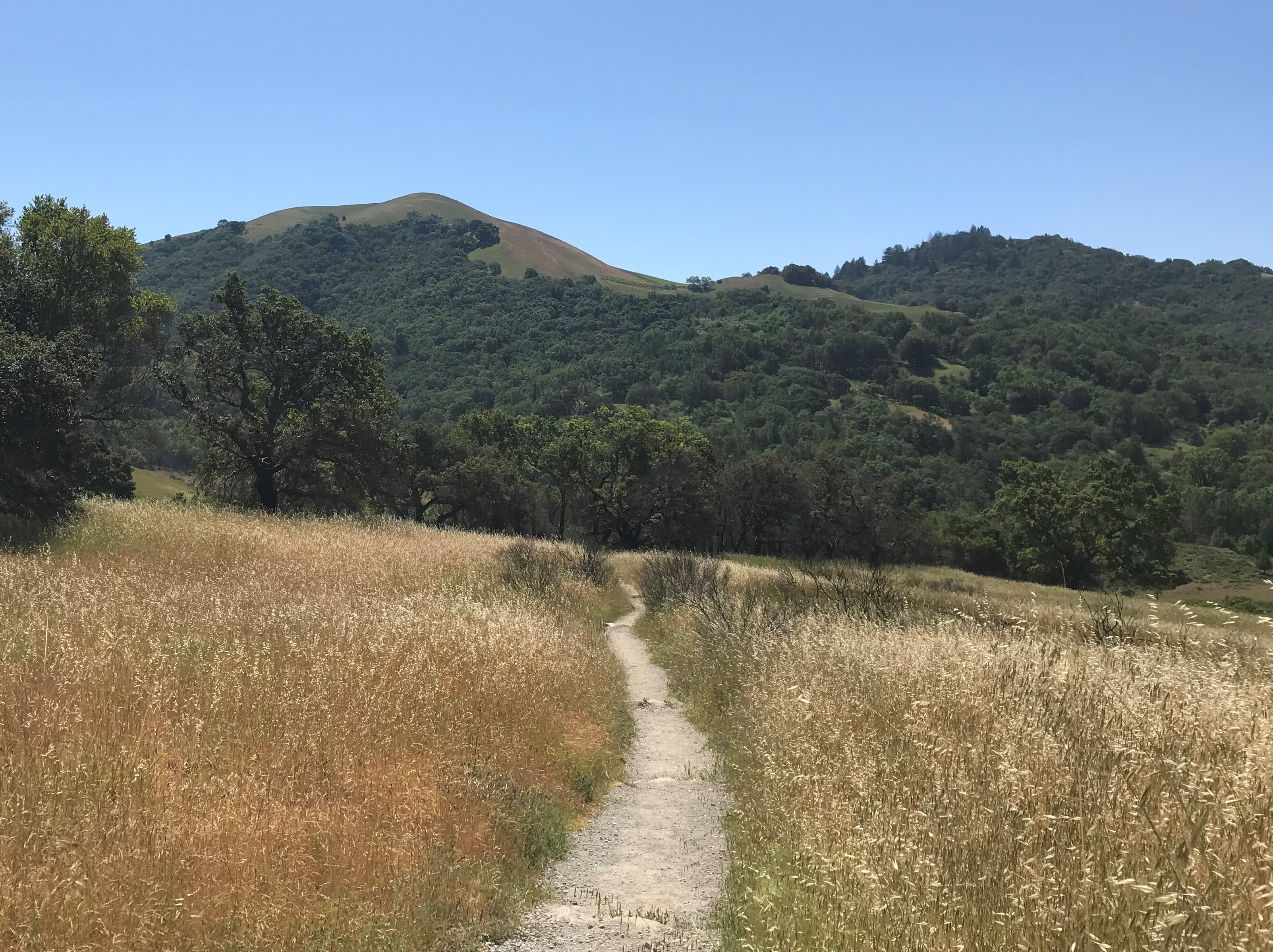It is THE most well preserved colosseum of all the original 400+ Roman colosseums built. The Colosseum in Rome, Italy is probably the one most everyone knows about. But what most people don’t know is that the colosseum is in Nîmes, France is definitely in better shape.
Going “off season” has its advantages. As soon as we posted pictures on Facebook, one of our friends remarked how empty it looked when we were there. He also noted that it was way more crowded when he went. For sure, we estimated that while we were touring the site, there were no more than a 100 people spread out over the entire colosseum. That’s pretty empty for a pretty large and popular tourist attraction in France.
Background
We purchased a one-day tour pass for three historical sites. The Arena of Nîmes, Magne Tower, and Maison Carrée, all in the City of Nîmes. Looking at the reviews and articles, we thought it was easiest to park near the colosseum and walk the tour.
As with everything we do, we researched the parking in Europe to see where it was best to park for our excursion. We found an underground parking lot near the stadium. We came up about a block away from the stadium entrance.
Walking around the stadium it definitely looks in good shape. And yet it’s almost 2,000 years old. It was restored in 1786, and it’s obviously been well maintained since.
The stadium is still being used for concerts and an occasional bullfight. Tickets can be secured using Songkick. They have acts like Sting, Lynyrd Skynyrd, and Tears for Fears.
There was a small line where we showed our passes. Our tour purchase included the typical listening device that described each of the 16 stations. It was mostly intuitive, but there were some technology challenges if you wanted to go back and re-listen to a previous stage to better absorb the information.
The Arena of Nimes – Roman Ampitheatre
The Nimes Arena stadium was built in the first century and originally seated 24,000 people on 34 terraces. Different terraces were reserved for their respective social status. The general public would line up early to get the best seat possible.
When first built, it was strictly for entertainment purposes. A few centuries later, it was converted into a fortified castle with the city living inside. One account states there was a castle and houses inside the ampitheatre itself.
The arena doesn’t have the vast subsurface infrastructure the Roman Colosseum has. Archeologists were working while we were there to see what was below the surface of the fighting area, presumedly the foundations of structures when it was a fortified castle.
The tour begins at the lowest level in the stands. It works through the different levels describing the audience and fight dynamics. Near the end the tour takes one through a series of story boards. The boards and monologue fill in some of the details about the types of armor that were used in different time periods. Also revealed were the different types of fighters and how they best utilized the armor.
Magne Tower
From the arena we walked to Magne Tower or Tower Magne. It’s a little less than a mile, and it’s uphill all the way. From the outside it may not look like much, it’s still pretty impressive.
Tower Magne or the Great Tower, was originally built by the Gallo-Romans, sometime around the 3rd century. Built as a strategic lookout at the highest point in the city, it was originally only 18 meters (59 feet) in height. The tower was also used for communication, and some thought – a show of Roman power. It was later doubled in height with additional fortified walls to make it even more useful.
Later in the 12 century the tower was almost destroyed. Not by war, or raiders. By a Nostradamus bprophecy. Nostradamus spoke of “gleaming metals of the Sun and Moon” hidden beneath “ancient vestal buildings”. King Henry IV authorized a nurseryman to strip the tower for the treasure for two-thirds of the treasure. No treasure was ever found.
In 1832, the tower became part of French telegraph system as an optical tower. The tower has been partially restored for both posterity and tourist purposes.
Once inside, we showed our passes again and started up the stairs. One Hundred and Forty stairs to be exact. It was quite a climb. At the top, it was crowded even though the tower was not. But the view was well worth it. When you reach the top it’s evident why the tower provided such a strategic advantage.
Maison Carrée
Little is known about the Maison Carrée (known as the “Square House”). It was built by the Romans between 2 and 5 AD, and it follows the Tuscan style Roman temple architecture with Corinthian columns in front. It was later dedicated to Gaius Caesar and Lucius Caesar,
The tour comprises a 45 minute video and access to the inside. Because of time constraints we were unable to wait for the next video, but did walk around the structure. It is quite imposing on the surrounding part of the city, which was seemingly the original intent.
